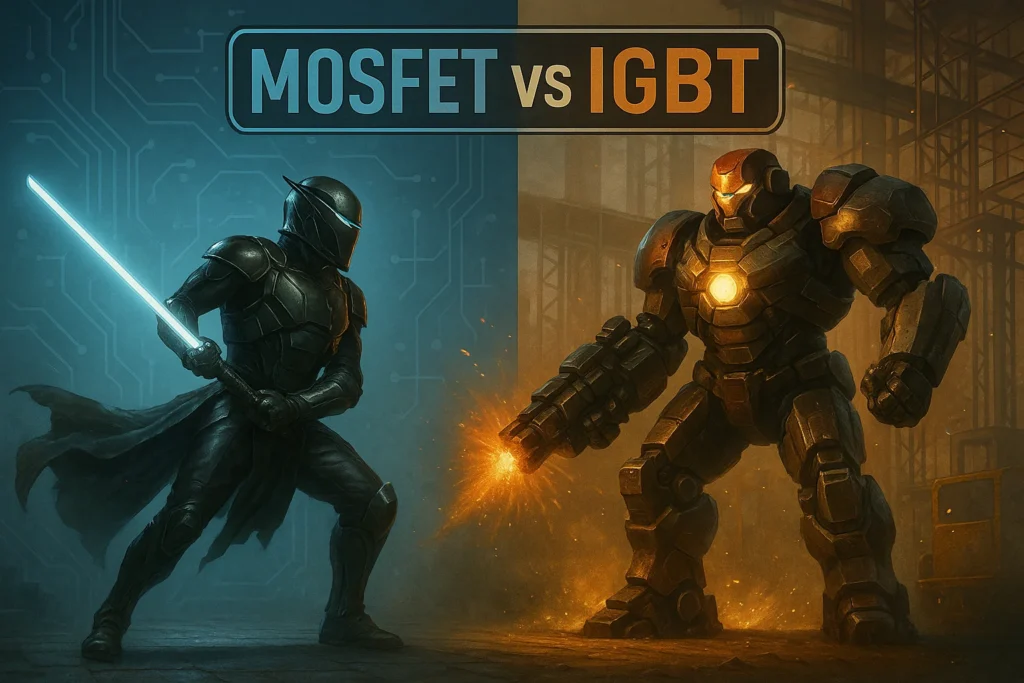 Daily tech news
Daily tech news
- A century-old piano mystery has just been solvedScientists confirmed that pianists can alter timbre through touch, using advanced sensors to capture micro-movements that shape sound perception. The discovery bridges art and science, promising applications in music education, neuroscience, and beyond.
- Princeton’s AI reveals what fusion sensors can’t seeA powerful new AI tool called Diag2Diag is revolutionizing fusion research by filling in missing plasma data with synthetic yet highly detailed information. Developed by Princeton scientists and international collaborators, this system uses sensor input to predict readings other diagnostics can’t capture, especially in the crucial plasma edge region where stability determines performance. By reducing […]
- Heisenberg said it was impossible. Scientists just proved otherwiseResearchers have reimagined Heisenberg’s uncertainty principle, engineering a trade-off that allows precise measurement of both position and momentum. Using quantum computing tools like grid states and trapped ions, they demonstrated sensing precision beyond classical limits. Such advances could revolutionize navigation, medicine, and physics, while underscoring the global collaboration driving quantum research.
- This new camera sees the invisible in 3D without lensesScientists have developed a lens-free mid-infrared camera using a modern twist on pinhole imaging. The system uses nonlinear crystals to convert infrared light into visible, allowing standard sensors to capture sharp, wide-range images without distortion. It can also create precise 3D reconstructions even in extremely low light. Though still experimental, the technology promises affordable, portable […]
- Biochar’s secret power could change clean water foreverScientists found that biochar doesn’t just capture pollutants, it actively destroys them using direct electron transfer. This newly recognized ability accounts for up to 40% of its cleaning power and remains effective through repeated use. The discovery opens the door to cheaper, greener, and more efficient water treatment methods worldwide.
- Scientists brew “quantum ink” to power next-gen night visionToxic metals are pushing infrared detector makers into a corner, but NYU Tandon researchers have developed a cleaner solution using colloidal quantum dots. These detectors are made like “inks,” allowing scalable, low-cost production while showing impressive infrared sensitivity. Combined with transparent electrodes, the innovation tackles major barriers in imaging systems and could bring infrared technology […]
Category
IGBT vs MOSFET: How to Choose the Right Power Switch
This article compares IGBTs and MOSFETs for power electronics applications It covers efficiency trade-offs, conduction and switching losses, voltage/current guidelines, structural differences (such as body...
Sorting Vallejo Paints with Machine Learning
This article explores how to visually sort color collections using both statistics and machine learning. After experimenting with PCA for dimensionality reduction and simple color...
K-Means Clustering for Colors
Discover how K-Means clustering helps analyze and evaluate Vallejo Model Color paints using Rembrandt’s masterpiece as a case study. Learn to identify gaps in your...
HSV color chart for vallejo paint
Curious how your paints stack up in color space? I analyzed my Vallejo paints by converting RGB values to HSV, visualizing them in 3D, and...
Semiconductor Packaging Technology
Wire bonding and flip-chip packaging represent two fundamental approaches to chip interconnection. While wire bonding offers simplicity and cost benefits, flip-chip allows higher density and...
Scaling beyond 100nm – Nanoelectronics Era
As silicon and silicon dioxide reach their scaling limits, engineers turn to high-k materials, metal gates, and new device architectures like FinFETs and SOI. These...







